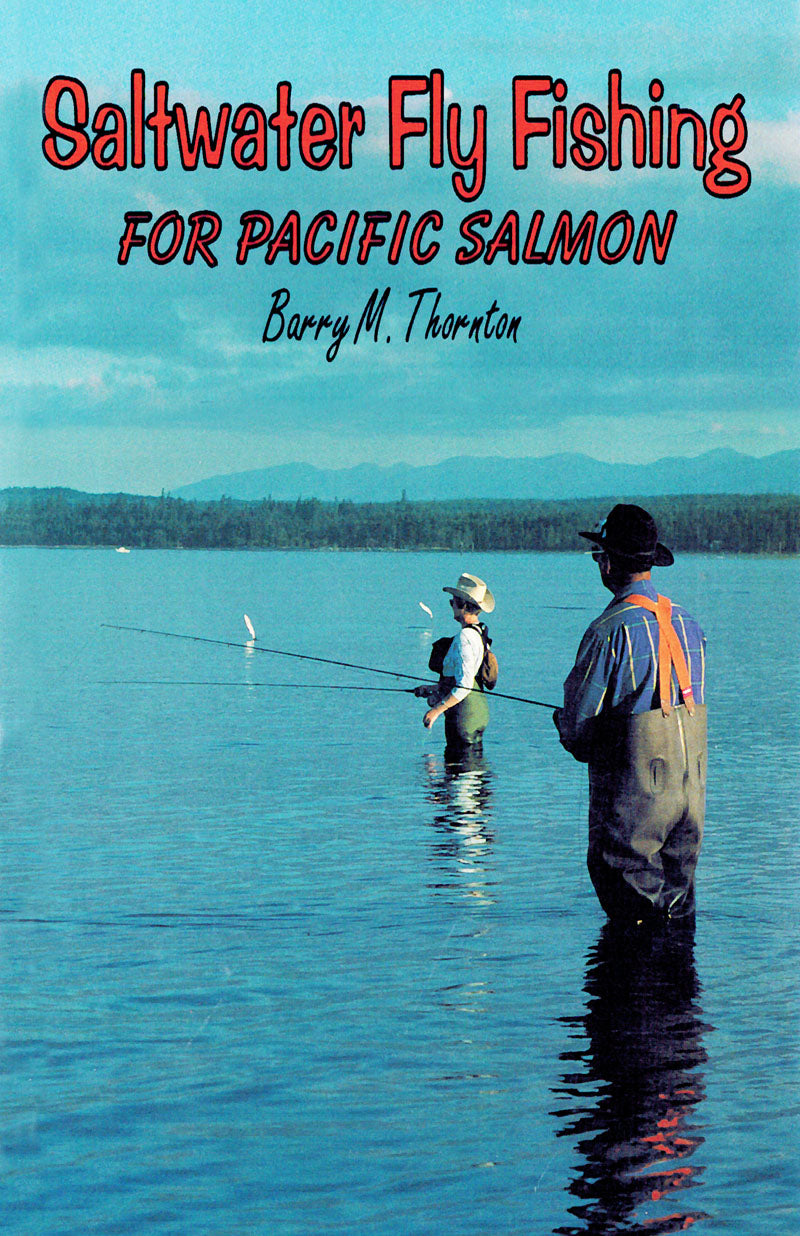

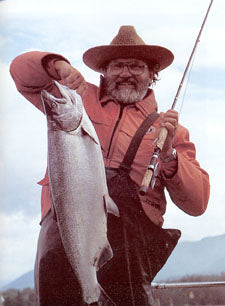
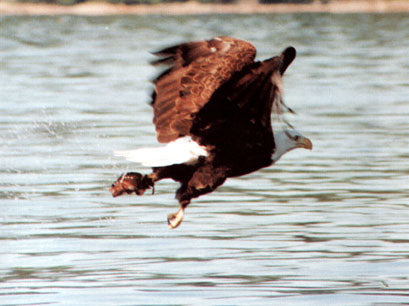
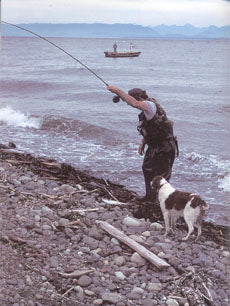
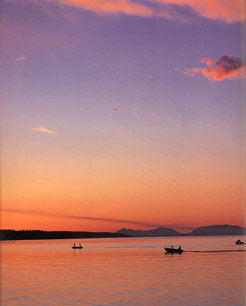

Saltwater Fly Fishing: for Pacific salmon
Details
By: Thornton, Barry
ISBN: 0-88839-268-0
Binding: Trade Paper
Size: 8.5" X 5.5"
Pages: 168
Photos: 28
Illustrations: 17
Publication Date: 1995
Description
PR Highlights: A Guide to Saltwater Flyfishing for Pacific Salmon
PHOTO Highlights: 16 page color photo section & b/w sketches.
Description: A Guide to Saltwater Flyfishing for the Pacific Coast's Salmon, presented by award winning author and avid fisherman Barry M. Thornton.
Until recently, little has been written about saltwater fly fishing for Pacific salmon. It is, unquestionably, a sophisticated fly-angling choice for the fly fisherman that comes after many successful conventional salmon fishing experiences. It is not new, but an angling practice many pioneers attempted, some very successfully, however it has not been followed up as it should! It is probably a symptom of our times - our pioneering spirit - that, now that we have resolved the skills and techniques needed for consistently successful river and lake fishing, we are now searching for new waters in which to test our mettle. Fortunately, lying at our doorstep is the open water of the vast Pacific Ocean. Improvements in boats and motors and the evolution if fly fishing lines, rods, and fly-tying materials have given the fly fisherman the tools and the access to the fish.
How fortunate we are to have such a family of fish, the genus Oncorhynchus, the Pacific salmons inhabiting these waters. These various species of Pacific salmon inhabit the infinite fjords, inlets, islands and estuaries of the north Pacific coast waiting, just waiting for the inevitable rush of fly fishermen who have mastered challenging and pleasurable trout experiences in freshwater lakes and streams and now, satiated, search for new waters and experiences.
Sow well I remember one summer day when I took a seasoned trout fly fisherman saltwater fly fishing for salmon! In no time he was hooking and beaching bright two and three KG coho salmon as if he had done it regularly for years. While he had the skills, he lacked the opportunity or the time to us these skills in a saltwater location where there were feeding salmon. The thrill we shared was immense and when a very large spring salmon ran and ran and ran, finally braking his leader just before he had run out all the reel's backing, I witnessed that fly fisherman's incredulity at what he was experiencing. It was that simple.
There is no trick to salt water fly fishing for salmon; all the skills of casting, retrieving the fly, and locating the fish remain essentially the same. In fact the simplicity of the fly patterns used - the simpler the better - astound seasoned fly fisherman.
I firmly believe that nay angler who has learned the skills of fly fishing for salmon if he spends the same time on the water fly fishing as he would using the conventional salmon fishing methods of drift fishing, mooching or trolling. In those major areas of calmer salt water where salmon fishermen concentrate, areas around kelp beds or shallow water, I would venture that the angler will be even more successful fly fishing. If there is any secret, it likely lies in the angling truism of placing the fly in the areas where there are fish and keeping the fly in the water more times than it is out!
In this book I have concentrated on only three of the six salmon species; the coho (silver), the chinook (king, spring, tyee) and the pink (humpback). Of the other three species, the mass only inhabits the waters of Asia on and near Japan and seems to exhibit similar traits to the coho. The other two, the sockeye and the chum, are more commercial species available to the fly fisherman only at specific times of the year. A sockeye fly fishery is presently evolving in salt waters where these fish congregate before moving into fresh water. One highly publicized water is the Alberni Inlet on Vancouver Island, British Columbia during July. Pink and deep red patterns appear to be the most successful for these fish. The chum salmon does not frequent accessible waters except during its final run to its natal stream and rarely presents itself in saltwater fly fishing areas but, every year, I hear of a new salmon fly fishery at some estuary along the BC coast.
This is a book about experiences with salmon; about flies and success; about equipment and experimentation; about water and weather; in short, it is a book with considerable how-to! It is also, like my earlier book on steelhead, a labor of love.